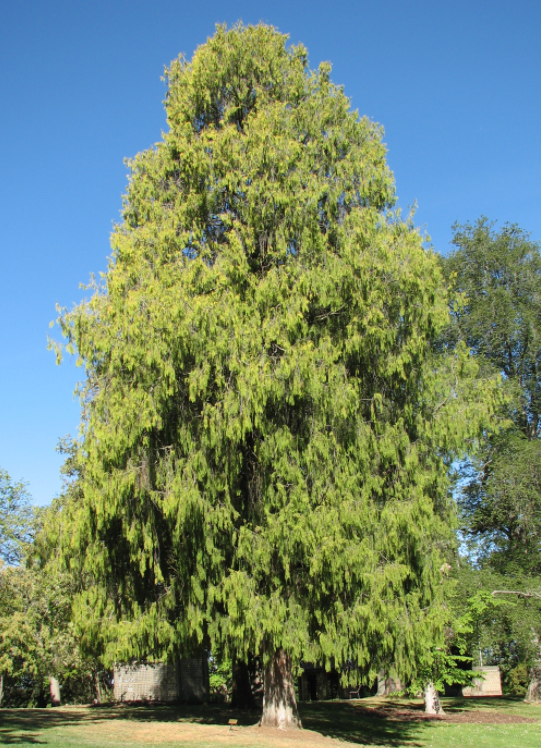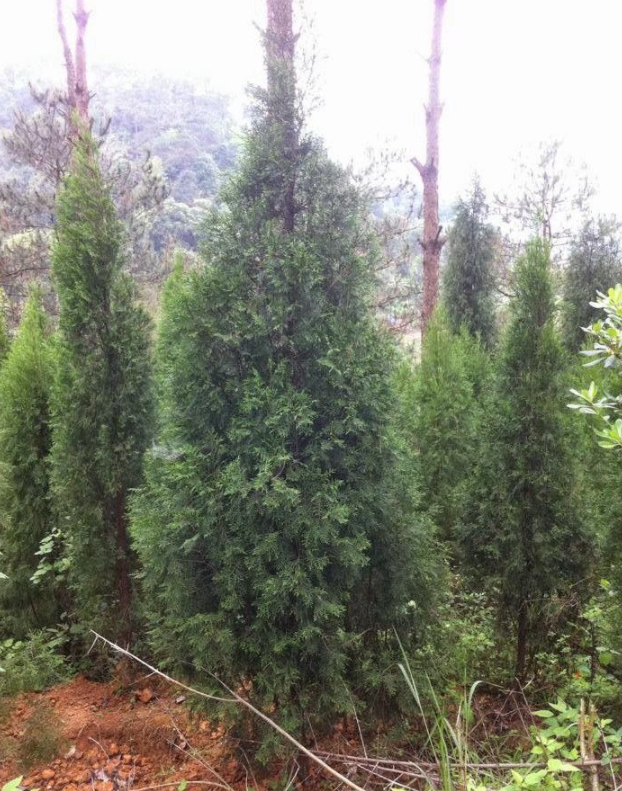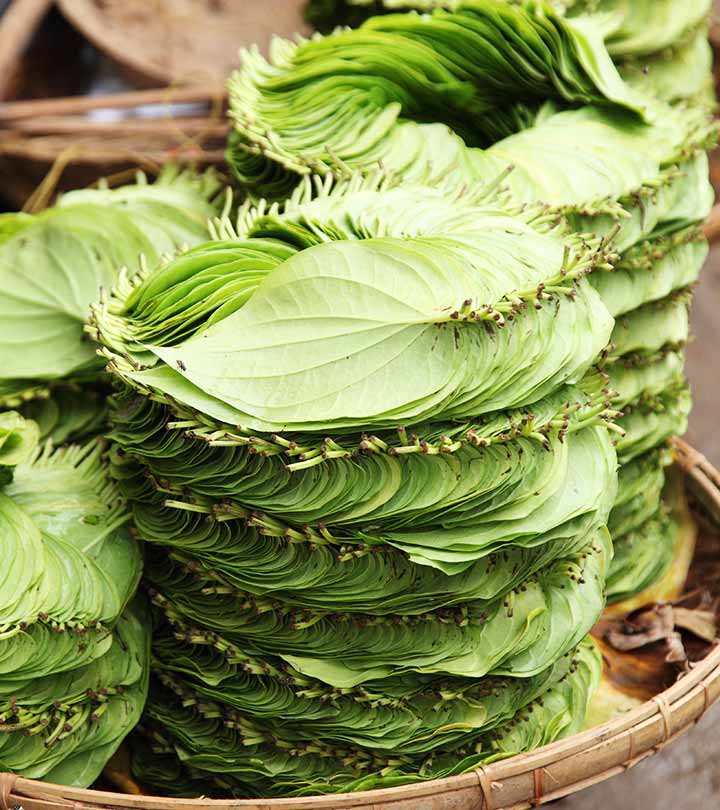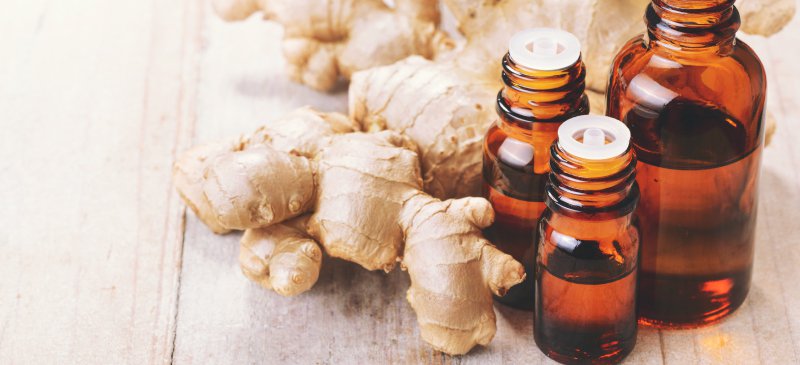Steam Extraction Oils

Weeping Cypress Wood Essential Oil (Vietnam)
Weeping Cypress Wood essential oil is unique in the fact that it’s a superior distillation of only Cupressus funebris wood. Excluding leaves and twigs in the wood’s distillation, the smokiness of this harmonious wood oil is noted in its first soothing whiff. Weeping Cypress, also known as Chinese Cedarwood, is commonly used in high-end spas and saunas in Asia for lending its ambient zen-like aroma to penetrate the minds and soften the senses.

Himalayan Cypress Wood Essential Oil (Vietnam)
Himalayan Cypress or Bhutan Cypress, this unique essential oil is distilled from aromatic heartwood wildcrafted from Cupressus torulosa trees in Vietnam. Cupressus torulosa trees reach for the sky growing to a height of 145-150 feet in the high altitude rocky terrain of the North Mountains of Vietnam.

Betel Leaves Extract
Betel leaf is the one who plays a role in promoting the body health. This leaf belongs to Piperaceae family, which includes pepper and kava. It is commonly consumed by Asian people as betel quid or in paan, with Areca nut and/or tobacco. Betel in Vietnam called “La trau” and it is used widely from […]

Vietnam Ginger oil
Ginger is a flowering plant in the family Zingiberaceae; its root is widely used as a spice, and it has been used in folk medicine for thousands of years. Due to its digestive properties, ginger is an integral part of Asian cuisines. Most commonly, it’s added to meals, including meat, because of its ability to aid digestion. Ginger root and ginger essential oil are gaining popularity for their preservation and flavoring capabilities.

Cassia Oil (Cinnamomum oil)
Cinnamon is commonly referred to the bark of a tree cinnamomum zeylancium and is mostly used in cooking. These trees are native to South East Asian region and have spread throughout the world from here. Cinnamon also has its mention in Bible. Cinnamon Oil can be obtained through steam distillation of bark as well as leaves and twigs of the cinnamon tree. Cinnamon leaf Oil is mostly used in aromatherapy and smells like cloves. Cinnamon bark oil is more expensive then the cinnamon leaf oil. Both these oils are also used in fragrance industry.